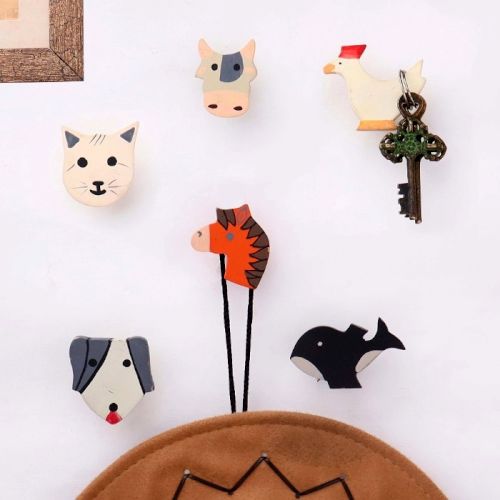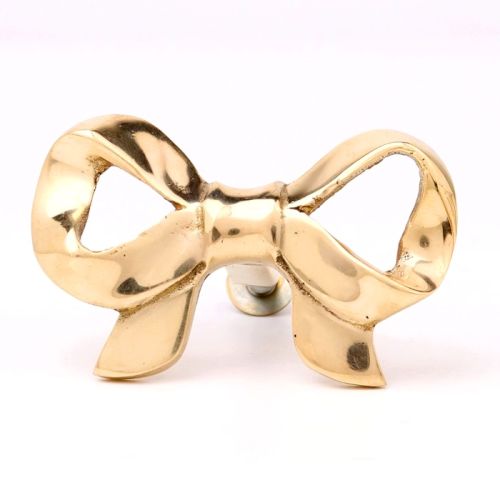Introduction to Tibetan Gong
Tibetan gongs are traditionally made of a mixture of metals, mainly bronze and copper. Tibetan gongs are known for giving deep, resonant sounds along with harmonic overtones and are used in meditation, sound healing, and other spiritual practices. They can be said to be functionally and ceremonially used and add profundity and relaxation to rituals. Tibetan gongs are the largest you would have in the set of gongs from the West. They produce vibrational soothing sounds that can help foster mental or emotional release. Such distinct characteristics of Tibetan gongs make them valuable tools in various healing therapies.
What is the primary use of the Tibetan gong?
Tibetan gongs are used primarily for meditation, sound healing, and spiritual rituals. They produce gentle sounds that can aid in relaxation and are thus well-suited to mindfulness practices. Sound healing therapy uses the healing vibrations of gongs to facilitate emotional relief. Many users have, therefore, used them to augment their meditation experience and consequently enter a more profound level of awareness. They also play an essential role in traditional Buddhist ceremonies, marking transitions, defining sacred boundaries, and establishing community among participants.
In what ways do Tibetan gongs differ from traditional Western gongs?
The Tibetan gong produces a deep, rich sound with complex overtones and a sustained resonance. Unlike the usual loud and piercing sound produced by most Western gongs, the Tibetan gongs are designed to produce softer sounds that allow for more meditation. For example, the metallurgical processes accompanying the manufacture of these gongs ensure harmonies between different frequencies. Even the geometry of the Tibetan gongs impacts the kind of sound they make; together with the size of the gongs, it makes unique sound profiles possible. While the gongs of the West are most commonly used for orchestral and theatrical events, Tibetan gongs are mainly used spiritually and as healing tools, focusing more on meditative rather than loud sounds.
What are Tibetan gongs made of?
Tibetan gongs are primarily composed of alloys of metals in an association of bronze and copper. Specific proprietary alloys are sometimes used in making gongs to boost their tonal quality. The sound produced by this gong depends significantly on the metal alloy used so that it yields unique vibrations and overtones. For example, good-quality gongs may be fitted with more than one metal inlay, such as silver or gold, to strengthen their sound. Sometimes, one encounters crystal gongs that emphasize diverse sonic detail. The quality of artistry speaks for generations of ideal, traditional techniques that are beautiful and functional.
How do you care for and maintain a Tibetan gong?
Handle the Tibetan gong with care to avoid dents and scratches. Clean it gently with a soft, dry cloth to remove dust and oils. Avoid harsh chemicals or abrasive materials that could damage the surface and sound quality. Place it in a dry, stable environment, such as in a padded case or on a soft surface. Inspect regularly for any wear and tear, and have it professionally repaired if necessary. Use proper mallets to ensure the perfect sound and protect the gong's surface.
What are the advantages of using gongs during meditation and healing?
Gongs have numerous benefits in meditation and healing practices. The gong's vibrations can help soften stress and anxiety to facilitate relaxation and emotional release. The waves set off by the sound of these instruments penetrate the body to bring about wellness and balance. Gongs allow many meditators to reach and appreciate deeper consciousness and heightened awareness, which can be used therapeutically to relieve pain, facilitate good sleep, and improve mental clarity.
Which sounds are made by different types of gongs?
Gongs of various sizes, shapes, materials, and craftsmanship produce different sounds. Larger gongs are deeper and more resonant, while smaller gongs have higher, piercing sounds. Tibetan gongs, in particular, have rich harmonic overtones that can vary considerably between pieces. The way of striking—a soft whispering tone to tremendous echoing vibrations—also influences the sound produced. This diversity enables practitioners to select a gong that best resonates with their preferences and the purposes of meditation or sound therapy.
How do I include a gong in my sound therapy work?
Using a gong in sound therapy involves more than one step. First, determine which gong has an affinity for you to allow it to fit comfortably within the therapy space. Begin by creating an environment that is calm and free from distractions. Use the gong to create a soundscape for relaxation during sessions, striking the gong lightly at first and building in intensity or rhythm variation according to need. Ask clients to focus on breathing and the vibrations they sense. After the session, provide time for reflection and integration to process the experience effectively.
What are some shared rituals or ceremonies where gongs are used?
Gongs play vital roles in rituals and ceremonies, including Buddhist practices. They are used to meditate and chant, notifying participants of the start or end of a session. Gongs provide a critical moment in ceremonies by underlining sacred events. In sound healing rituals, gongs are commonly used to cleanse the space and generate healing energies. Gongs are also used in community gatherings, yoga classes, and workshops to add depth to collective experiences, kindling connection and mindfulness.
How is the Tibetan gong played?
Playing the Tibetan gong requires some technique to generate the desired sounds. Experiment with different amounts of force and angles to produce a variety of tones. Play lightly at first, allowing resonance to develop, then increase tension if desired to sustain the sound. Hold the mallet on the edge of the gong and rub it gently with growing pressure for sustained, vibrating sound. Vary tempo, time, and placement to create a range of sounds. Listen attentively to the sound to cultivate sensitivity to the instrument. Mastering these practices makes the gong an expressive instrument for meditation and sound therapy.
What should I look for when buying a Tibetan gong?
When buying a Tibetan gong, check the craftsmanship; good-quality gongs are well-crafted with attention to detail. Listen to the sound: each gong has a unique tonal quality, so choose one that you love. Consider the size; larger gongs produce deeper sounds, while smaller ones produce higher tones. Check the materials used; bronze and copper alloys are traditionally the best for sound quality. Symbols or designs might also be important to you. Lastly, consider the vendor's reputation to ensure you have a genuine, quality product.
What types of gongs does Indianshelf offer?
- Tibetan Singing Bowls: These bowls provide harmonics and sounds, often used for meditation and healing.
- Ritual Gongs: These are used religiously, often with specific themes or symbols.
- Decorative Gongs: Designed for aesthetics, they can also be functional.
- Himalayan Gongs: Larger gongs that create deep, resonant sounds, commonly used in sound therapy.
The Tibetan gong stands as an exquisite blend of art, spirituality, and craftsmanship, embodying centuries of tradition and cultural significance. Revered for its deep, resonant sound and meditative qualities, it holds an essential place in various aspects of daily life. Whether used for relaxation, spiritual practices, or as a decorative element, this handcrafted marvel elevates any space with its presence. The Tibetan gong is deeply rooted in Buddhist and Tibetan traditions, often used in monasteries and temples for rituals and ceremonies. Its vibrations are believed to align chakras and enhance mental clarity, making it an essential tool for holistic well-being.
Why Tibetan Gong Matters in Day-to-Day Life
Beyond its auditory appeal, the Tibetan gong plays a significant role in promoting tranquility and mindfulness. Its soothing vibrations create a calming atmosphere, making it an ideal addition to meditation and yoga sessions. Additionally, the sound waves emitted by the gong are believed to enhance focus, reduce stress, and improve overall well-being, making it a valuable asset in modern, fast-paced lifestyles. Scientific studies have shown that sound therapy using instruments like Tibetan gongs can have a positive impact on the nervous system, reducing cortisol levels and promoting deep relaxation. It is frequently used in sound healing practices, where the resonance helps balance energy fields and promote emotional healing.
Roles in Home Decor, Aesthetics, Sophistication, and Luxury
A Tibetan gong is more than just a musical instrument; it is a statement piece that embodies sophistication and cultural richness. Whether placed in a living room, study, or meditation space, it seamlessly integrates into various interior styles, offering both aesthetic charm and functional benefits. Its presence elevates the ambiance, adding a sense of exclusivity and luxury to any setting. The intricate engravings and hand-hammered craftsmanship make each piece unique, allowing it to stand as an artwork that tells a story of ancient traditions. It pairs well with minimalist, contemporary, or even traditional interiors, acting as a conversation starter while maintaining its spiritual essence.
Why Tibetan Gong is Considered a Luxury
The craftsmanship behind each Tibetan gong, often handcrafted by skilled artisans using traditional techniques, contributes to its luxurious appeal. Made from premium materials such as bronze, brass, and other alloys, each piece showcases meticulous detailing and a superior finish. The rarity of authentic Tibetan gongs, along with their historical and cultural value, further positions them as exclusive collectibles and symbols of refined taste. Luxury is also derived from the sourcing of materials, some gongs incorporate elements of gold, silver, and even precious gemstones in their designs, increasing their aesthetic and monetary value. Additionally, custom-made Tibetan gongs with personalized engravings or inscriptions are often sought after by collectors and art enthusiasts.
Features and Uses of Tibetan Gong
- Durability: Crafted from high-quality metals, Tibetan gongs are built to withstand time, maintaining their resonance and structure for years.
- Finish: Available in various finishes, including antique, polished, and rustic, each piece exudes a distinct charm. The finishing process also involves traditional techniques like oxidation, which enhances its visual depth.
- Texture and Design: Intricate carvings, embossments, and hand-hammered patterns add to their artistic appeal, making them unique in every aspect. Some designs feature sacred symbols like the Om mantra, dragons, or the wheel of dharma.
- Vastu Shastra: As per traditional beliefs, placing a Tibetan gong in specific areas of a home or workspace harmonizes energy and promotes positivity. It is often recommended to be placed near an entrance or in the northeast corner of a home for prosperity.
- Uses: Ideal for homes, offices, art galleries, meditation centers, and wellness spaces, Tibetan gongs serve multiple purposes, including decor, relaxation, and spiritual enhancement. It is also used in alternative therapy centers, where its sound vibrations facilitate deep tissue healing and chakra alignment.
How to Arrange and Design a House with a Tibetan Gong for Aesthetic and Luxury
Strategic placement plays a crucial role in maximizing the impact of a Tibetan gong. For a striking visual appeal, placing it in an entryway or living room creates a focal point that exudes grandeur. In meditation spaces, positioning it in a quiet corner enhances its spiritual benefits. Complementing the gong with ambient lighting, wooden textures, and minimalistic decor further accentuates its luxurious presence. When incorporated into an interior design theme, it can be mounted on a stand or placed on a decorative cushion to highlight its elegance. Adding elements such as incense holders, Buddhist thangka paintings, or Zen gardens around it creates an immersive environment that embodies tranquility and mindfulness.
How to Clean and Maintain a Tibetan Gong
Regular maintenance ensures the longevity and pristine condition of a Tibetan gong. Gentle cleaning with a soft cloth helps remove dust and retains its natural sheen. Using a mild metal polish occasionally prevents tarnishing while preserving the original luster. Keeping the gong in a dry environment protects it from moisture-related damage, ensuring its durability over time. For deep cleaning, a mixture of lemon juice and baking soda can be applied to restore its shine. Avoid using abrasive sponges or chemical cleaners, as they may alter the metal’s composition. Storing it in a fabric-lined case when not in use prevents unnecessary scratches and environmental wear.
Where to Buy a Tibetan Gong
For those seeking an authentic Tibetan gong, IndianShelf offers a curated collection of premium-quality pieces. Each gong is meticulously crafted, ensuring authenticity and superior craftsmanship. IndianShelf’s selection caters to both collectors and enthusiasts looking to incorporate this timeless piece into their spaces. The platform also offers customization options, allowing buyers to select specific sizes, finishes, and designs to suit their preferences. Purchasing from IndianShelf ensures that the gongs are ethically sourced and created by artisans who have inherited the craft through generations.
A Tibetan gong is a timeless addition to any space, offering a blend of tradition, elegance, and functionality. Its rich sound, aesthetic appeal, and spiritual significance make it an indispensable element in home decor and personal well-being. Whether as an artistic centerpiece, a meditative instrument, or a collector’s item, it stands as a testament to refined taste and cultural appreciation. With its ability to transform spaces both visually and energetically, investing in a Tibetan gong is not just about luxury, it is about embracing an art form that has resonated through history.
What are the price ranges of Tibetan gongs?
The price range of Tibetan gongs offered by Indianshelf is between ₹2,820.00 and ₹13,200.00.
- Traditional Tibetan Art Gong Made of Finest Bell Metal - ₹4,600.00
- Handmade Brown Bell Metal Tibetan Gong Hanging - ₹5,200.00
- Vintage Brown Tibetan Art Gong Made of Bell Metal - ₹3,700.00
- Best Finest Bell Metal Tibetan Gong in Antique Brown Finish - ₹3,750.00
- Handmade Tibetan Art Bell Metal Gong for Buddhist Prayer - ₹3,200.00
- Elegant Brown Bell Metal Gong in Tibetan Art for Decor - ₹2,800.00
- Handcrafted Tibetan Art Bell Metal Gong for Decoration - ₹2,820.00
- Vintage Handmade Bell Metal Gong in Tibetan Art - ₹3,230.00
- Golden Brass Round Gong - ₹6,000.00
- Traditional Brass Gong - ₹4,200.00
- Handmade Golden Brass Gong for Home Decor - ₹9,800.00
- Tibetan Prayer Gong - ₹14,713.00
- A Rustic Looking Gong - ₹14,713.00
- The Temple Gong with Beater - ₹13,200.00
Where can we place the Tibetan gong?
Tibetan gongs are suitable for placing in various settings to create an ambient atmosphere and relieve stress. Ideal locations include meditation rooms, yoga studios, healing centers, living rooms, spiritual rooms, or even workspaces. The goal is to arrange the gong where it will most effectively promote mindfulness and create a serene atmosphere.

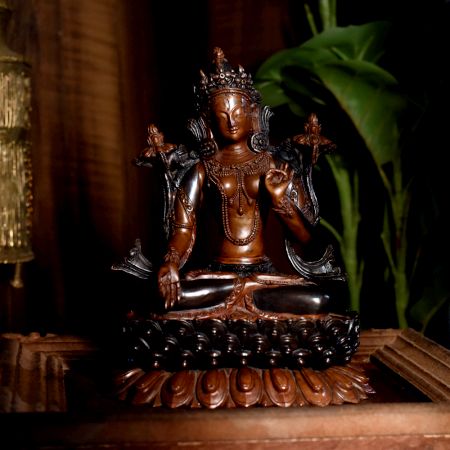
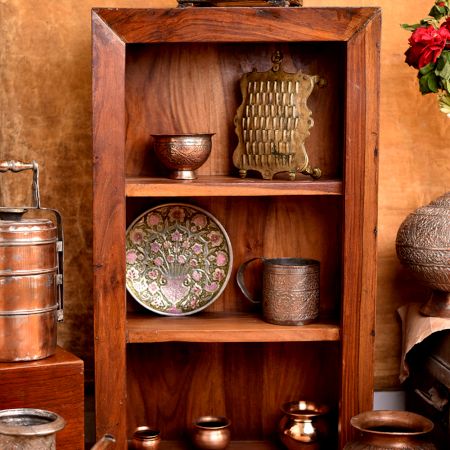
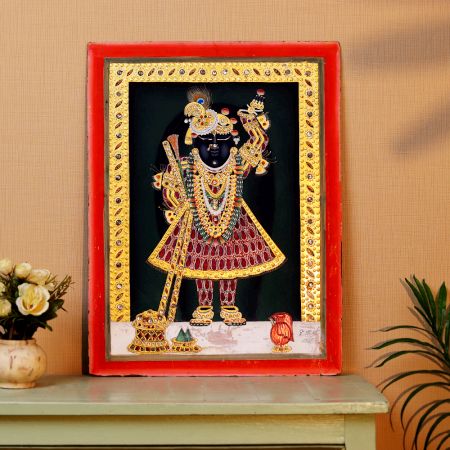

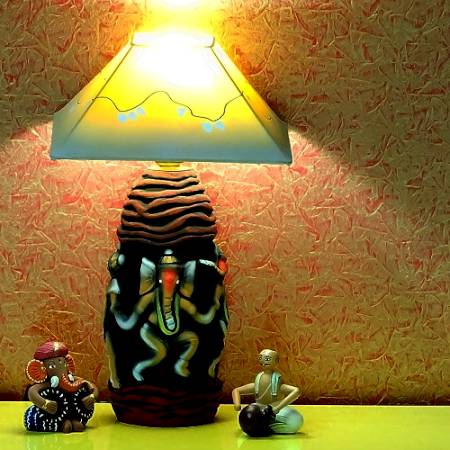


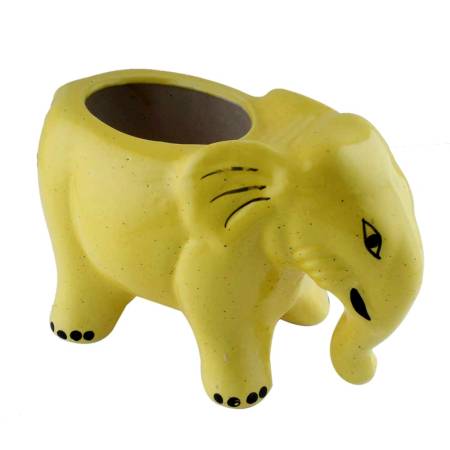
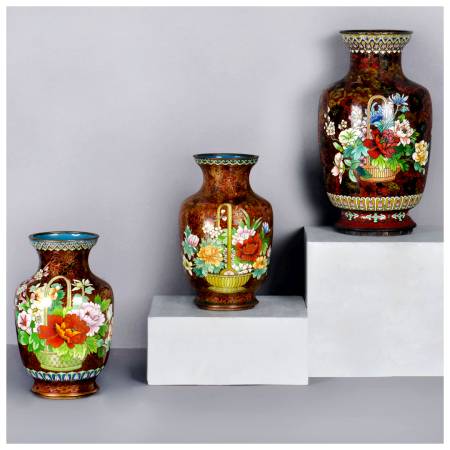
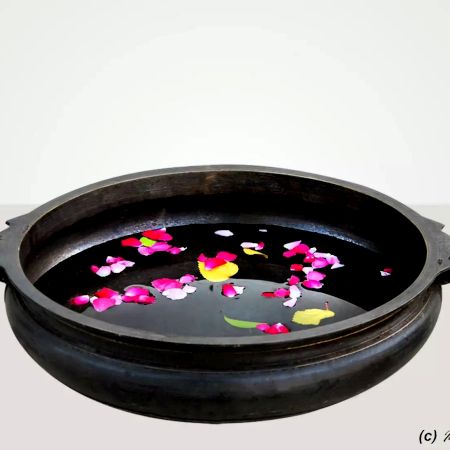
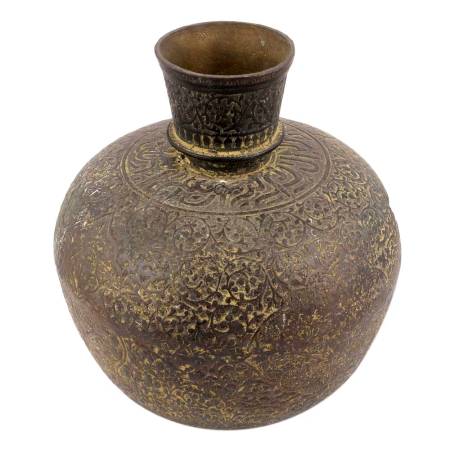
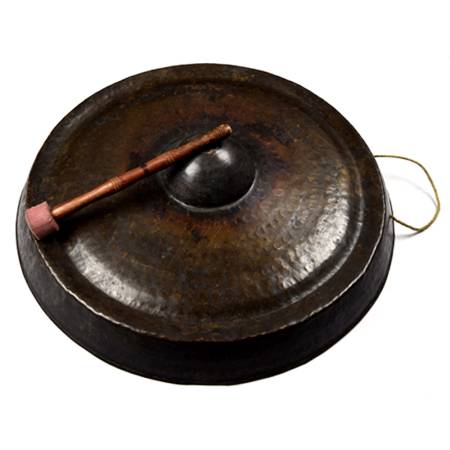

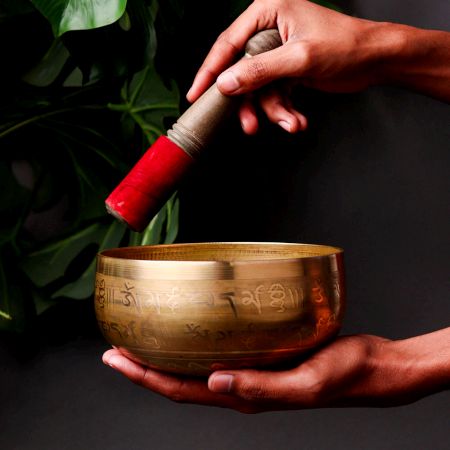
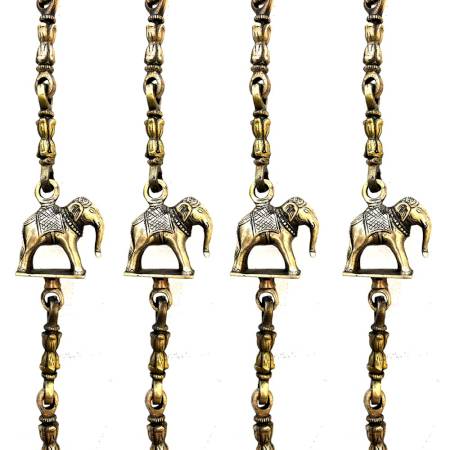
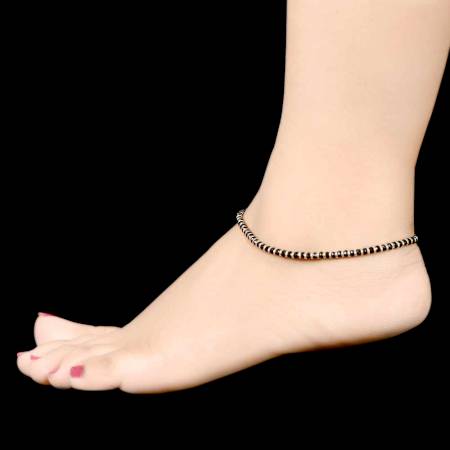
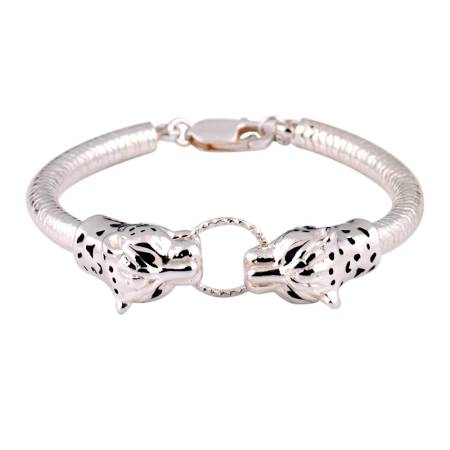
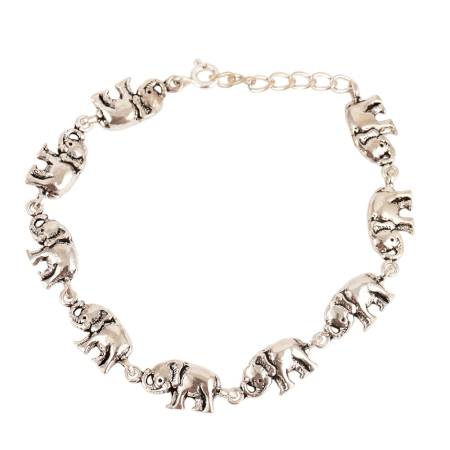
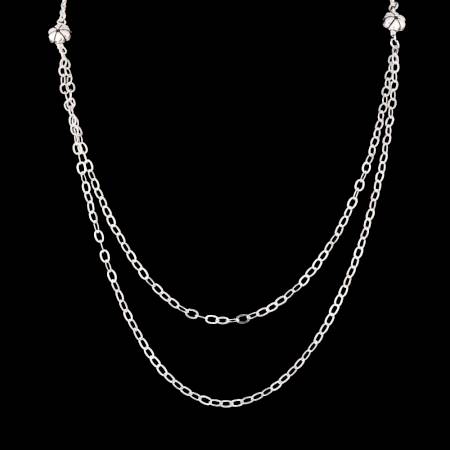
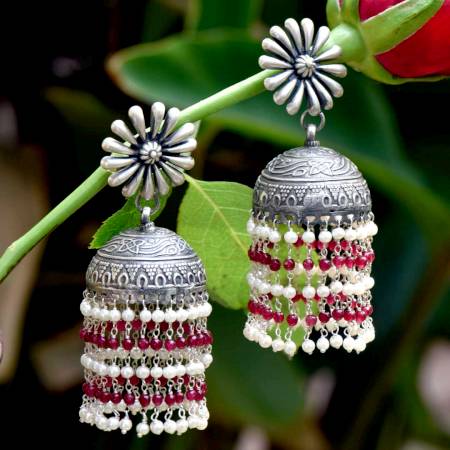
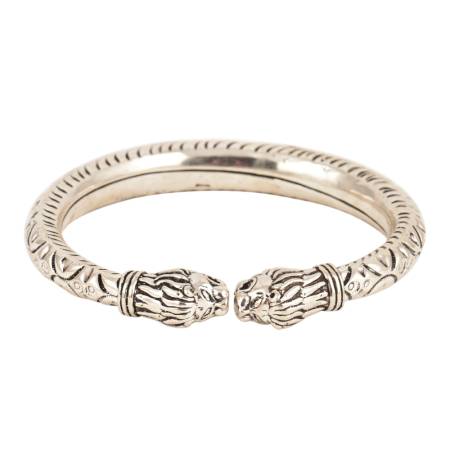
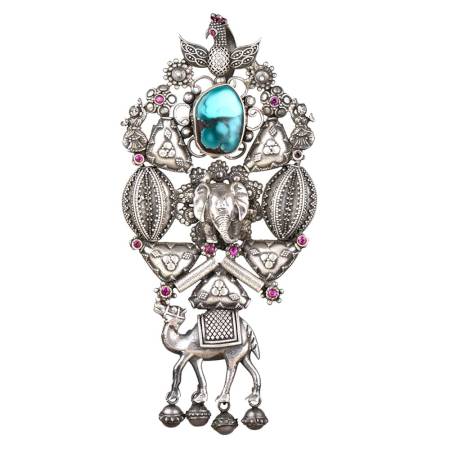

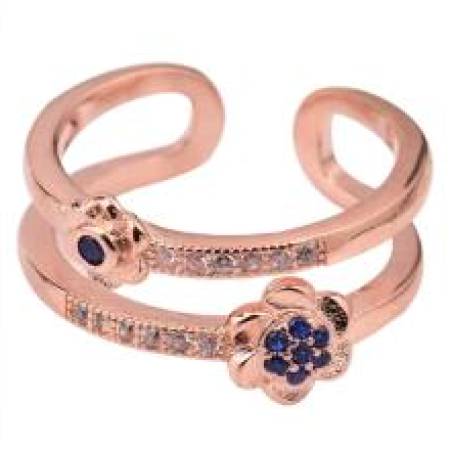
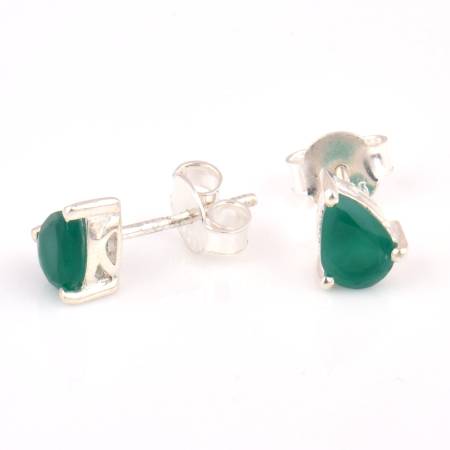





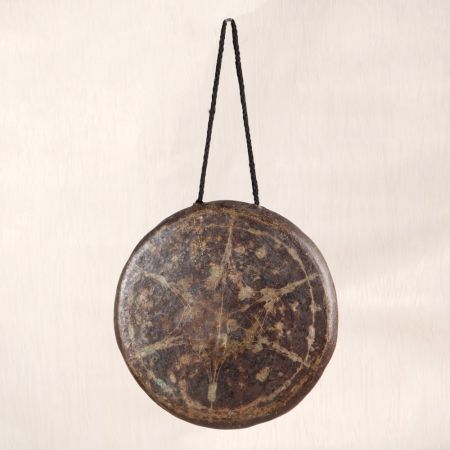
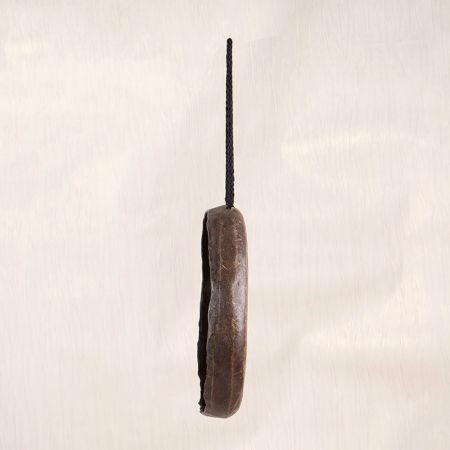
.JPG?ver=1.7)
.JPG?ver=1.7)
.JPG?ver=1.7)
.JPG?ver=1.7)
.JPG?ver=1.7)
.JPG?ver=1.7)
.JPG?ver=1.7)
.JPG?ver=1.7)
.JPG?ver=1.7)
.JPG?ver=1.7)
.JPG?ver=1.7)
.JPG?ver=1.7)
.JPG?ver=1.7)
.JPG?ver=1.7)
.JPG?ver=1.7)
.JPG?ver=1.7)
.JPG?ver=1.7)
.JPG?ver=1.7)
